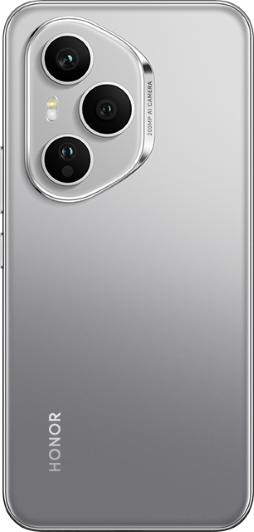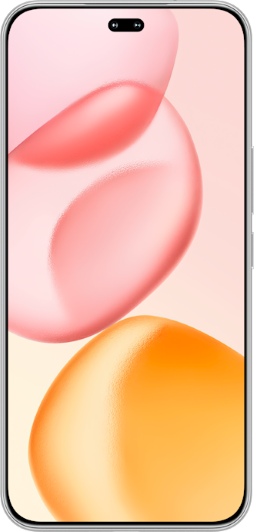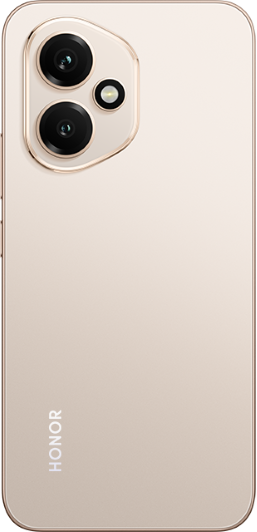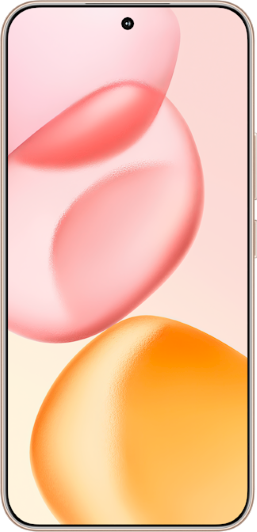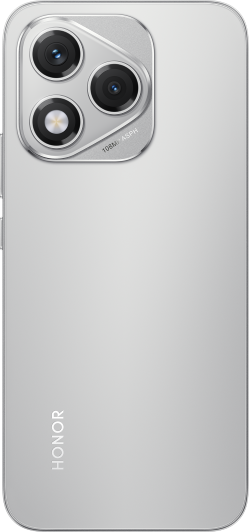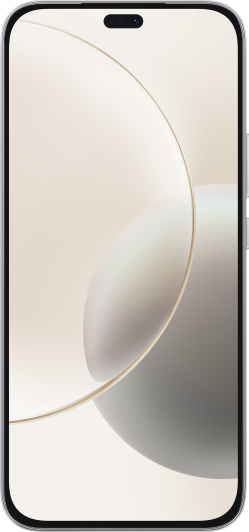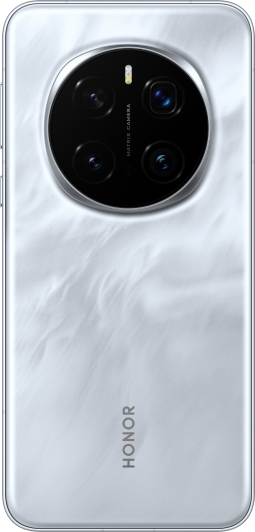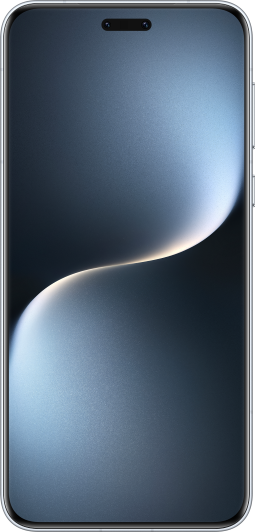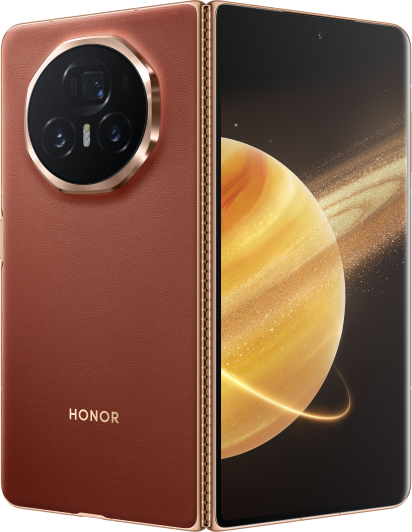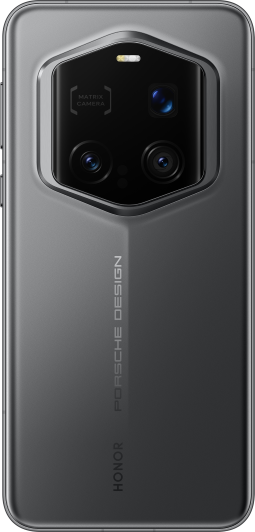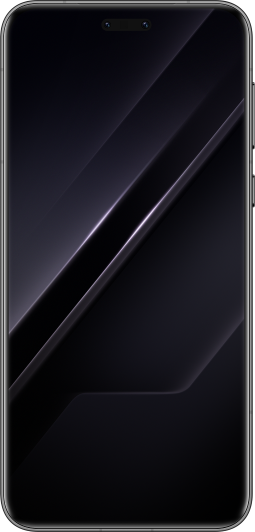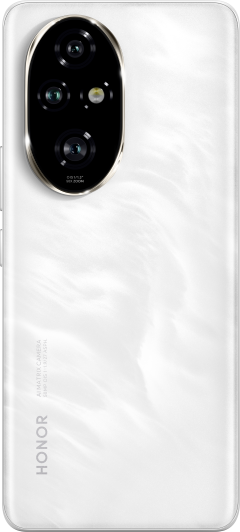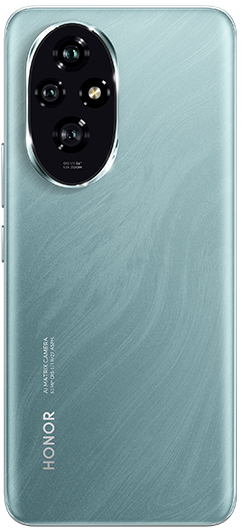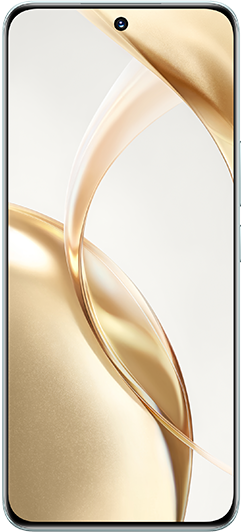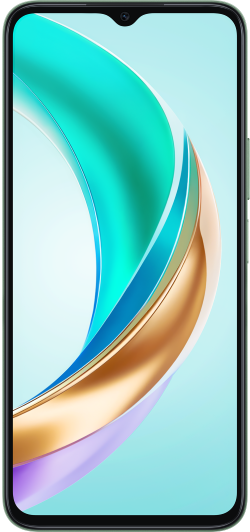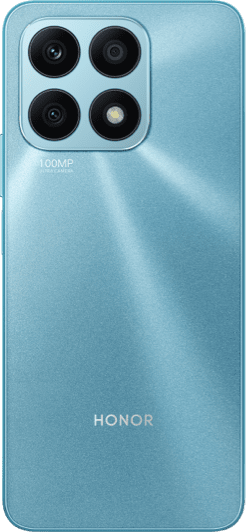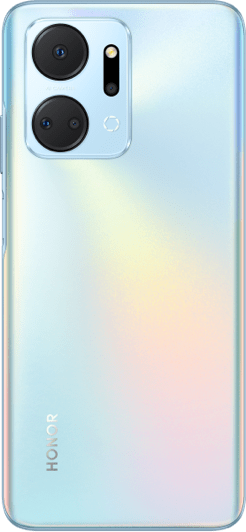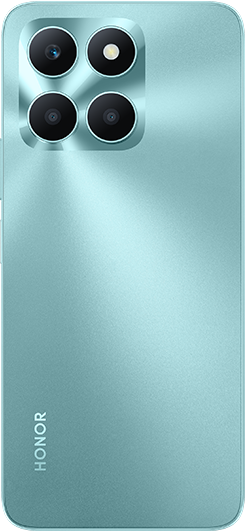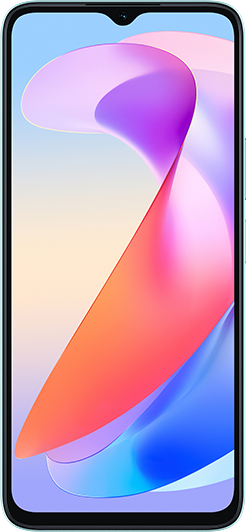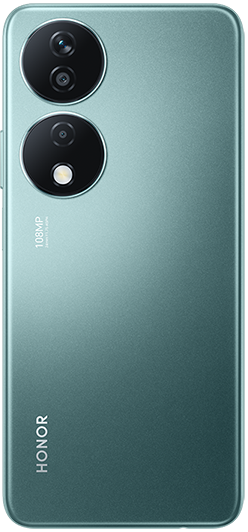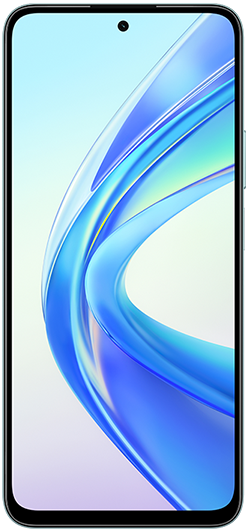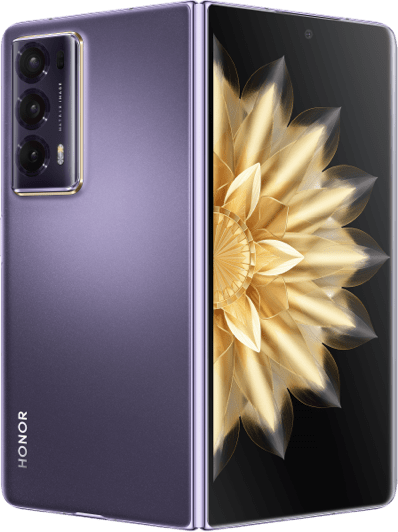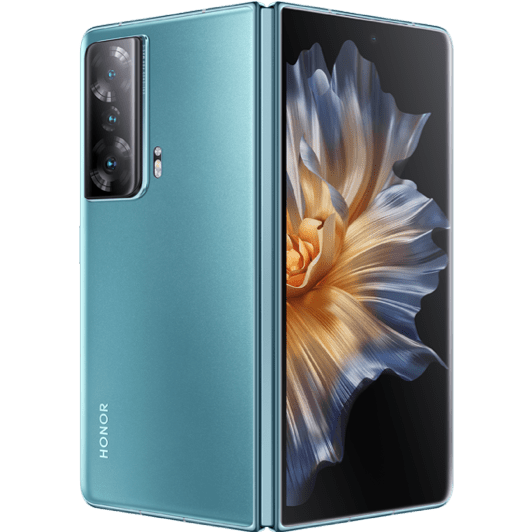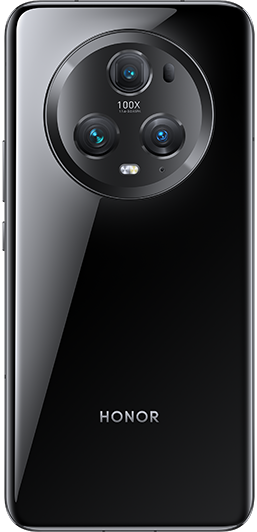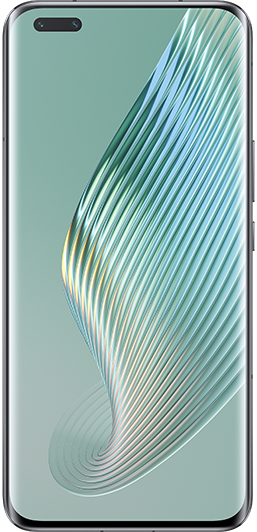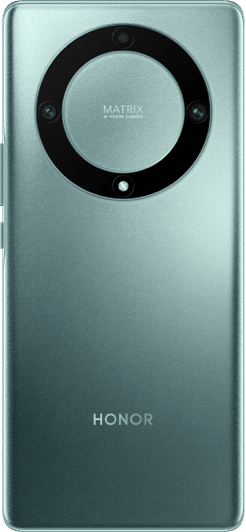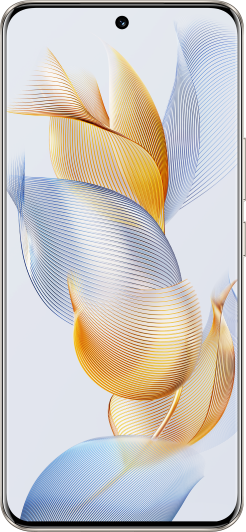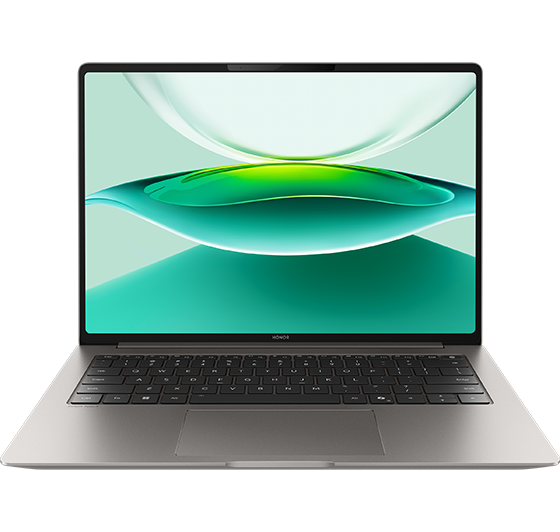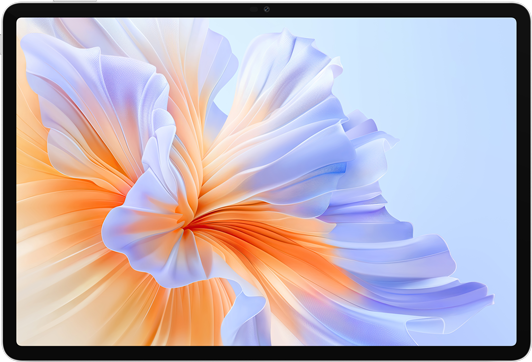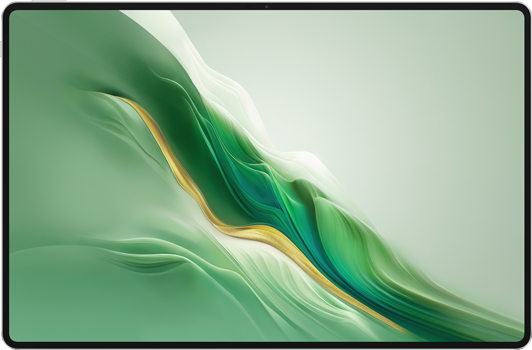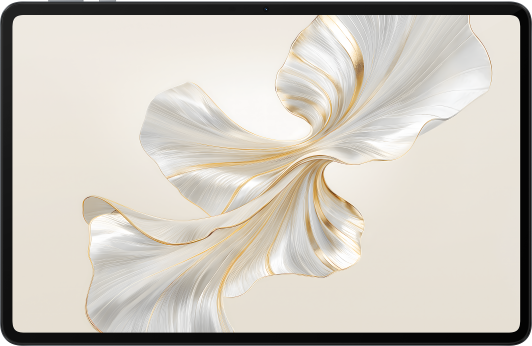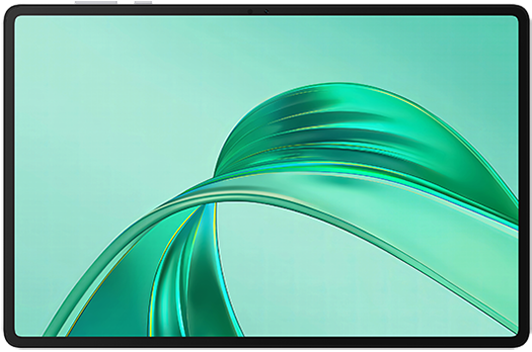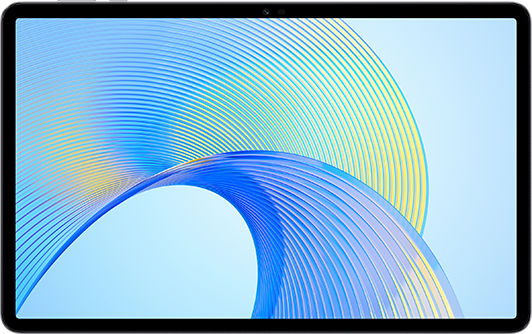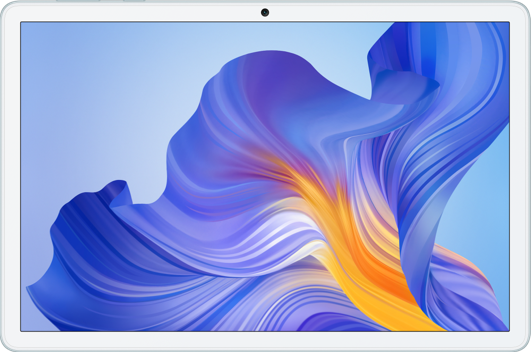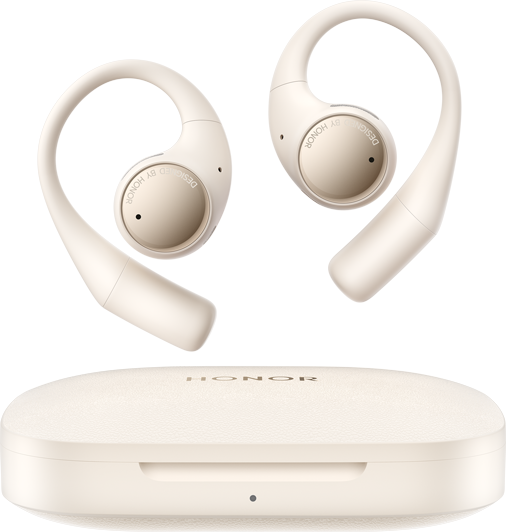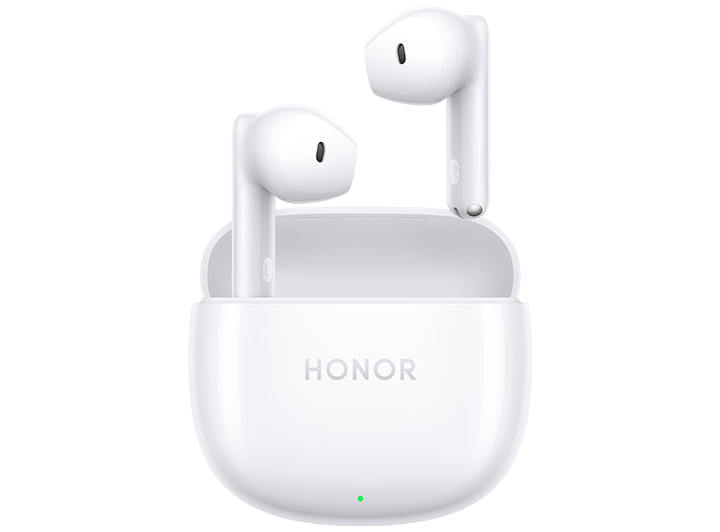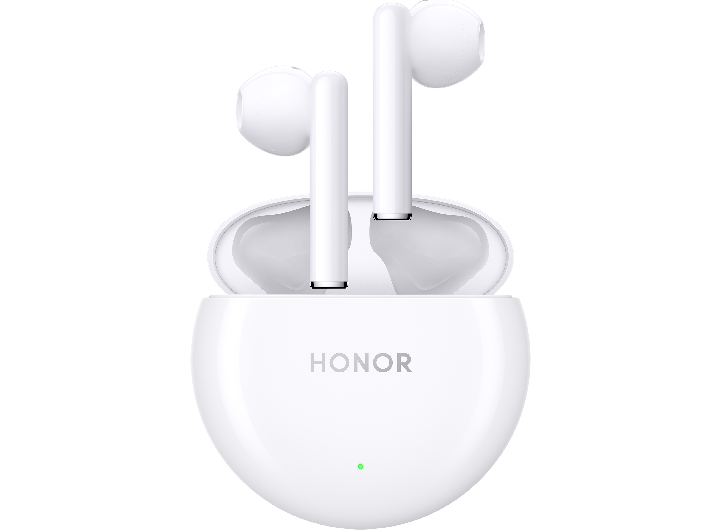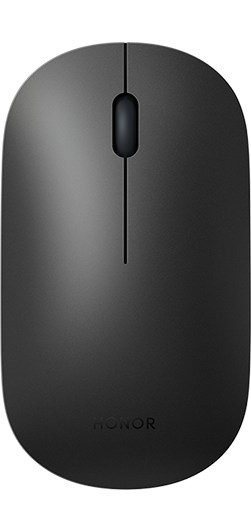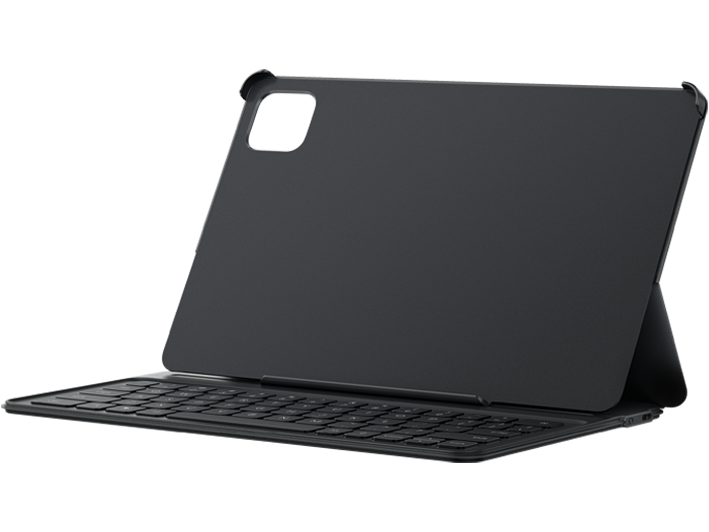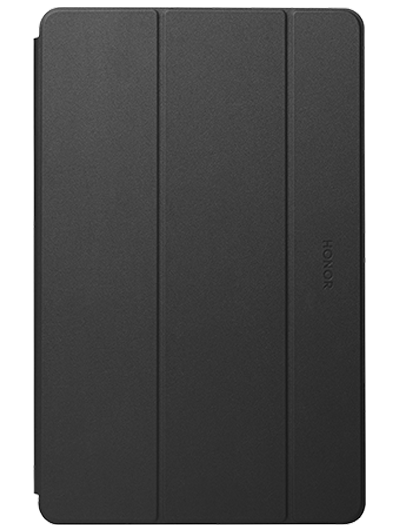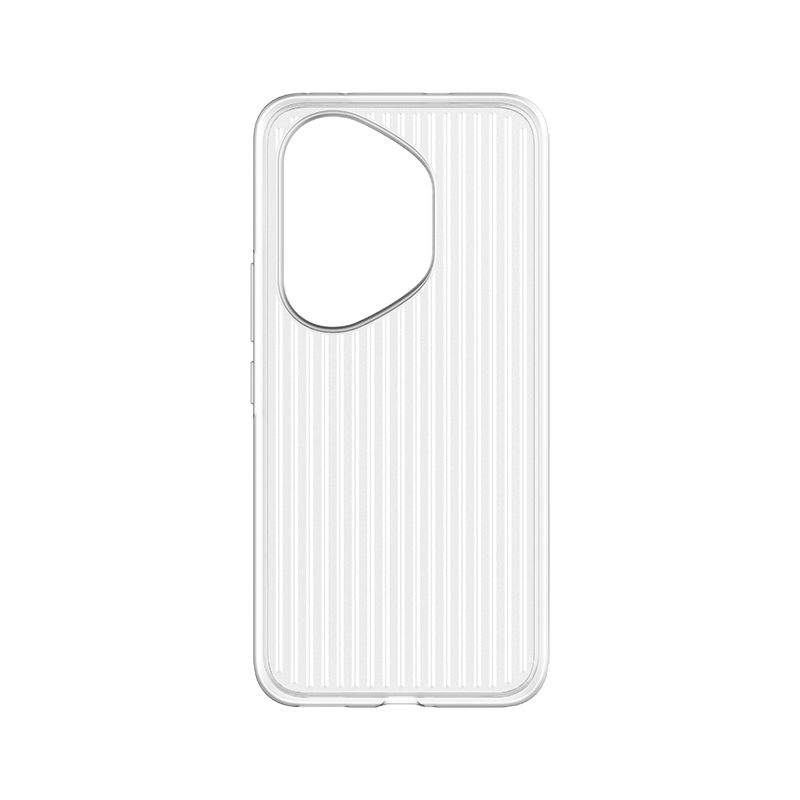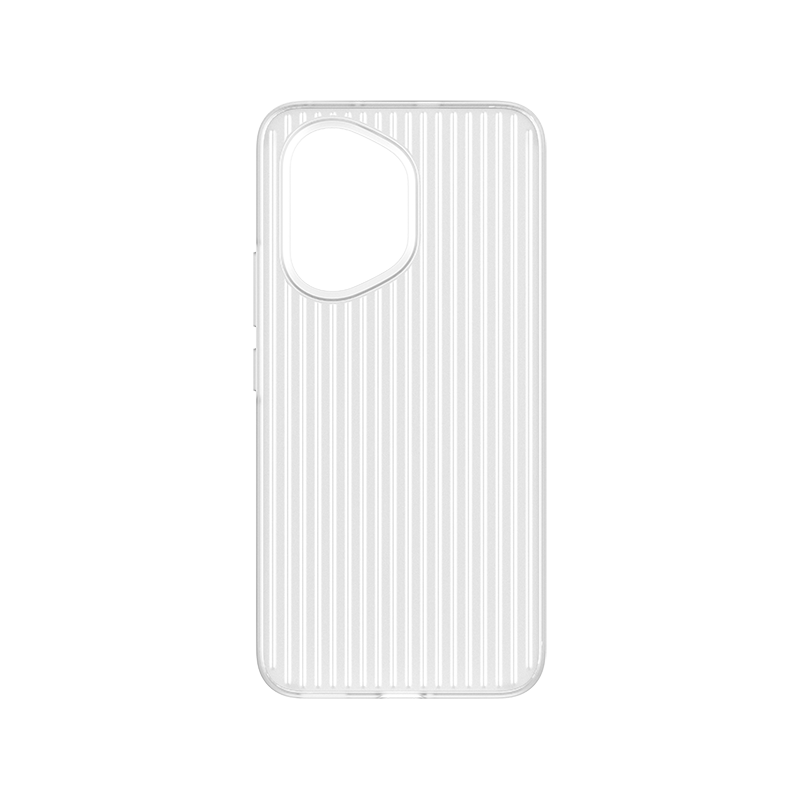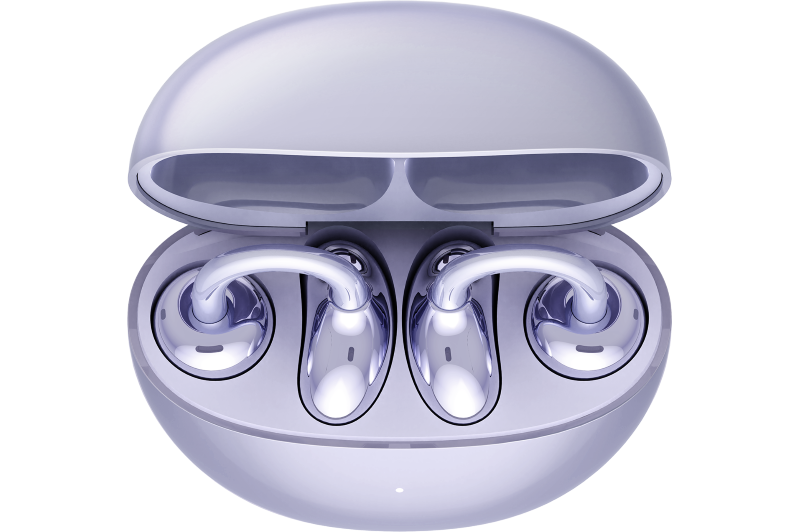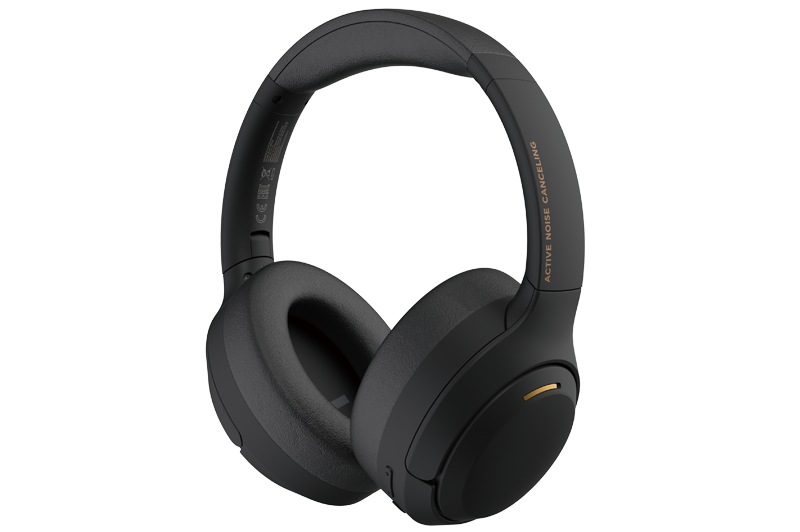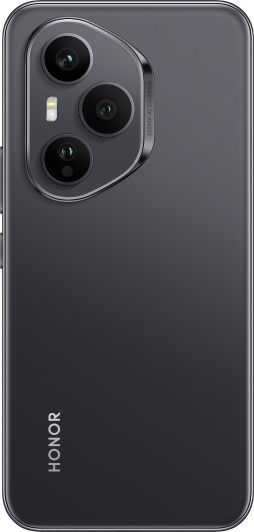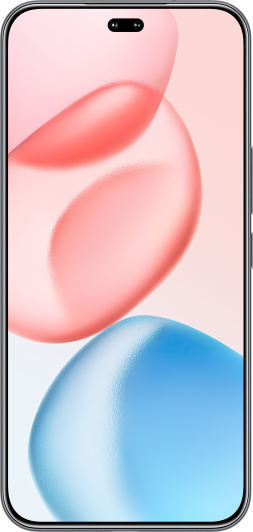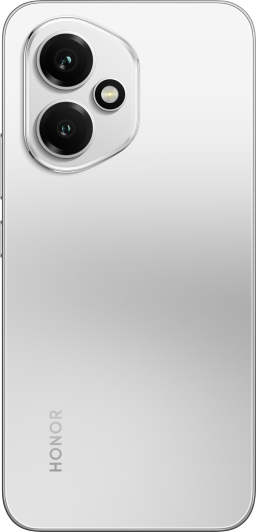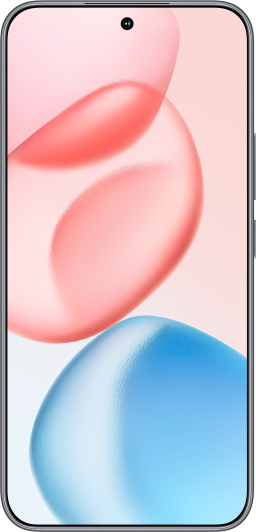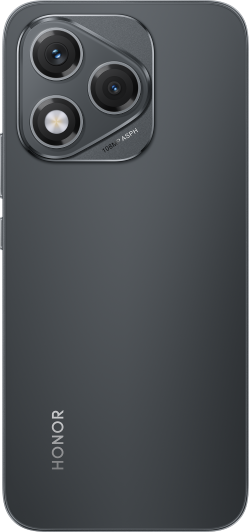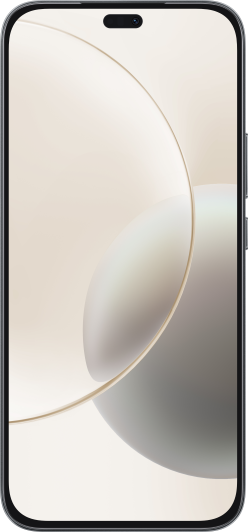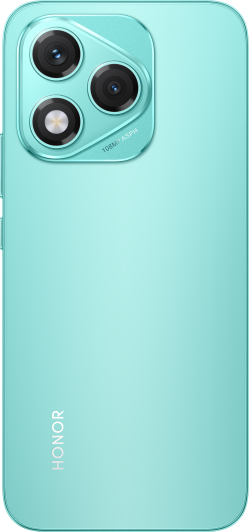By combining powerful hardware with cutting-edge AI processing, manufacturers are delivering sharper, brighter, and more lifelike photos. In this guide, we’ll explore the key features of the best camera phone to help you find the perfect device that matches your photography needs.
Finding Your Perfect Camera Phone:
Features That Matter
Core Imaging System: Lenses & Sensors Explained
- Sensor Size: The sensor size, the physical dimensions of a camera’s image sensor, determines how much light it captures to create an image. Larger sensors, like a wider pupil, gather more light, enhancing low-light performance and detail. For instance, a 1/1.3-inch sensor delivers vibrant, noise-free photos at a dimly lit concert, beautifully capturing the stage lights’ glow.
- Aperture Value: The aperture, like an eyelid’s opening, controls light entry. A smaller f-number (e.g., f/1.9) indicates a larger aperture, admitting more light and producing a natural background blur (bokeh). For example, an f/1.9 aperture is perfect for evening café portraits, isolating the subject by softly blurring the background.
- Ultra-Wide Angle: An ultra-wide-angle camera phone lens offers a broader field of view than the main camera. For example, a 120° ultra-wide lens can capture an entire mountain range or a crowded friends’ reunion in a single frame.
- Telephoto Lens: Acting like a telescope, a telephoto lens provides optical zoom to capture distant subjects without quality loss. For instance, a 3x optical zoom camera phone lens allows you to photograph a performer’s expression from the back of a concert hall with crisp, lossless clarity.
- Macro Lens: A macro lens is built for extreme close-up photography, often within just 2–5 cm of the subject. For example, a macro lens can photograph dew on a flower petal during a morning hike, revealing intricate textures.
Professional Video Tools: Stabilization & HDR Mastery
- Optical Image Stabilization (OIS): OIS is hardware-based stabilization. It uses tiny motors and gyroscopes to physically move the camera lens or sensor in real time to counteract small hand movements or shakes. A phone with OIS (e.g., HONOR Magic7 Pro’s main camera) ensures smooth footage of, for example, a child biking in the park.
- Electronic Image Stabilization (EIS): EIS is software-based stabilization. It uses data from the phone’s gyroscope to detect movement, then digitally crops and adjusts the image frame to compensate for the shake. Hybrid OIS+EIS systems offer the best results for dynamic scenes.
Dual Camera Roles: Selfie Specialist vs Pro Shooter
- Wide Angle Coverage: A good selfie camera phone equipped with a 90° wide-angle lens significantly expands the field of view, allowing you to include more people and background elements in the frame. This is especially useful for taking group selfies during travel, events, or gatherings without stretching your arm.
- Natural Beauty Rendering: High-end smartphones use advanced AI-powered image processing to enhance facial features while preserving authentic skin texture and tone. Unlike budget devices that often apply excessive smoothing (resulting in a "rubber face" look), premium front cameras deliver a more natural and professional appearance. This makes a big difference for profile pictures or video calls where clarity, realism, and a polished look are essential, such as for LinkedIn profiles, corporate Zoom meetings, or personal branding content.
Advanced Photography: Portrait, Macro & Zoom Modes
- Optical Zoom: Optical Zoom uses physical lens movement to magnify the image, just like zooming in with a DSLR camera. It adjusts the distance between lens elements to bring subjects closer without losing quality. A 3x optical zoom captures a mountain peak clearly, while AI-enhanced digital zoom (e.g., HONOR Magic7 Pro’s AI Super Zoom) maintains clarity up to 30x for distant festival decorations.
- Digital Zoom: Digital Zoom is software-based. It simply crops into the image and enlarges it using algorithms, which can result in loss of detail and sharpness. But AI minimizes degradation for usable shots at higher magnifications.
Choosing Your Ideal Camera Phone: A Personalized Guide
Match Your Lifestyle: Camera Features for Every Scenario
- For Selfies: If you frequently take selfies or participate in video calls, look for phones that feature high-resolution front cameras (e.g. a 32MP front camera phone) paired with a wide-angle lens. This allows for more people or backgrounds to fit in the frame, making it ideal for group selfies. Also, check for AI beauty modes that subtly enhance facial features while maintaining natural skin tones.
- Take Photos of Babies and Pets: Capturing fast-moving subjects like children or pets requires a phone with instant autofocus and motion-tracking AI. Features such as eye-tracking autofocus or AI motion sensing help ensure that the focus remains locked on your subject even when they’re on the move. This minimizes motion blur and keeps every giggle or tail-wag sharp and in focus.
- Tourism and Travel Photography: For travellers and landscape lovers, choose a phone with telephoto lenses for clear shots of distant landmarks and ultra-wide-angle lenses to capture panoramic scenes without distortion. Also, look for phones with AI scene recognition to optimize exposure and colours depending on the environment, be it mountains, beaches, or cityscapes.
The best phones for photos are designed to match your needs, whether it's capturing stunning selfies, dynamic action shots, or breathtaking travel moments.
In-Store Camera Challenge: 3 Quick Performance Tests
- Portrait Test: Block part of the light source using your hand and take a portrait. A good camera will detect the low-light condition and automatically brighten the subject’s face using AI exposure adjustment. This test reveals how well the phone handles uneven lighting and whether facial features remain natural and well-lit.
- Motion Test: Try capturing a fast-moving subject, such as waving your hand quickly or spinning a toy, while panning the camera. Phones with OIS and AI motion compensation should produce clear, blur-free images. This test is great for evaluating how the phone performs in real-world dynamic situations.
- Zoom Test: Aim the camera at a distant sign or printed text and zoom in to 10x magnification. A high-zoom camera phone will use AI-enhanced digital zoom to sharpen details, allowing you to read fine text without it appearing pixelated or smeared. This is especially useful for sightseeing, events, or reading menus from afar.
Try out the "Try before you buy" approach. Put the camera through a few quick real-world tests to see how it handles lighting, motion, and zoom—this will give you a better feel for its performance.
HONOR AI Image Master:
Your Smart Photography Partner
Here's the magic in plain terms: Your phone acts like an on-the-spot photographer, using instant AI to nail tricky moments – freezing a toddler's first steps without blur, making portrait backgrounds melt away like a pro lens, or zooming on a street sign until letters stay crisp. Meanwhile, the cloud works like a digital darkroom artist, refining every pixel until that distant mountain view looks like you're standing right there.
The HONOR AI Image Master represents cutting-edge mobile imaging with the industry’s first end-cloud collaborative computing photography system. Powered by AI camera algorithms based on large models, it delivers stunning results for static or dynamic subjects, near or far, making every shot a masterpiece. It includes:
Frequently Asked Questions
How many MP is a good phone camera?

Is a 20 MP selfie camera good?

What is a wide-angle camera on a phone?

What is a macro camera in mobile?

How to take macro photos with phone?

Make sure the background is simple.
Choose the “Super macro” mode on your HONOR phone.
Adjust the distance between the phone and the object to focus.
Shoot the picture.
Why do phones have 3 or 4 cameras?

Can a phone camera do night vision?

Is a phone camera a DSLR camera?

What DSLR camera means?

How many MP is good for a front camera?

